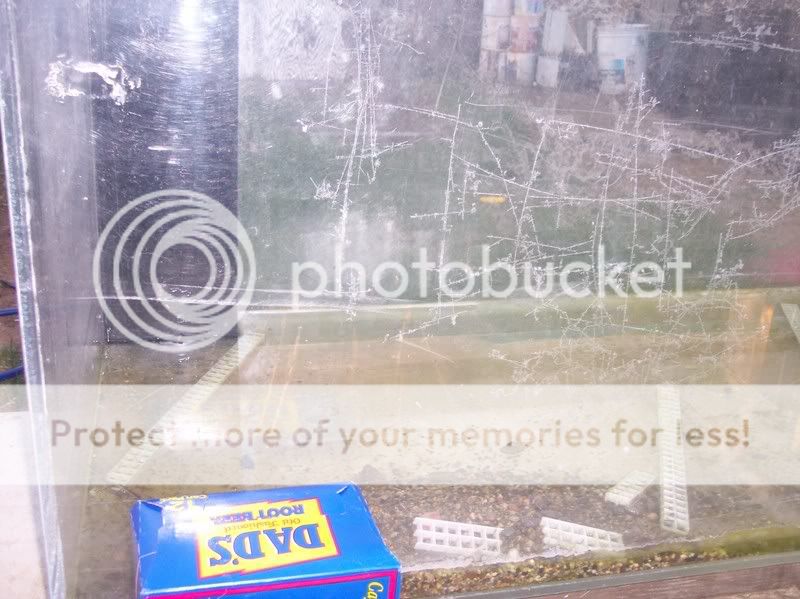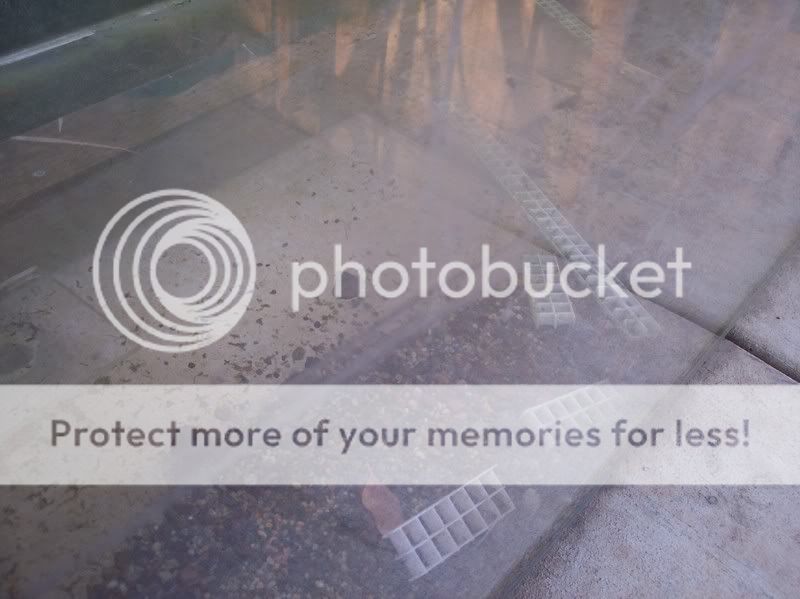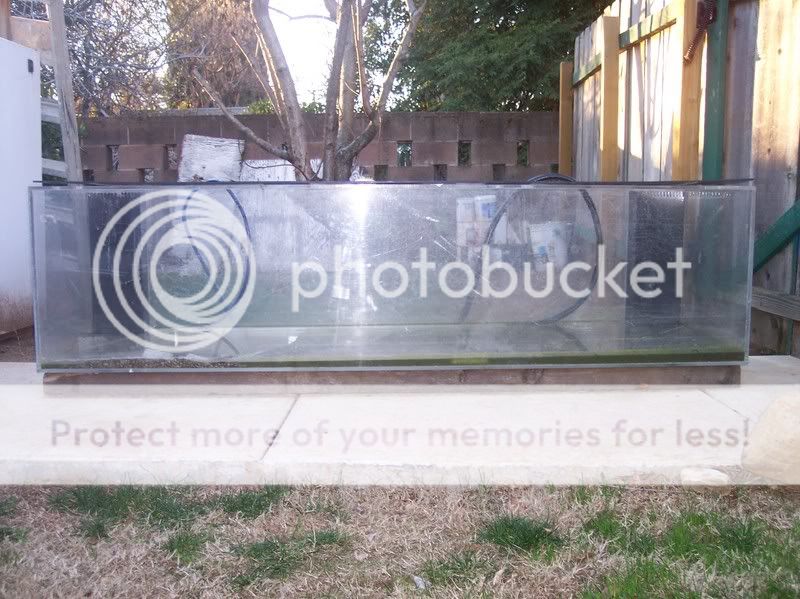I have a 300 gallon acrylic I bought from some guy for $100 bucks because it was scratched to heck, figured if nothing else I would cut it down and make a propagation tank.
Then I found it had a leak, So thought I would just resale it as a reptile tank. But after talking to someone that does acrylic, I used the #16 acrylic glue and sealed the leak, but at his suggestion I am going through and useing the thick silicone like acrylic glue and filling all the edges just for a little more safty. Nothing better then over kill to put you at ease right?
I may also glue in these corner slats a local acrylic company sales that would put a piece of acrylic in all of the edges, more or less making new seams al the way around.
Now that I know the scratches might not be as bad of a problem as it seemed....ok, yes they will. This guy dragged it on to a trailer with one other guy, on the face of it, leaving a really large scratch on the front, and the but some other stuff inside it for the trip, so a lot of scratches inside and out. I will have to do damn near every inch of it.




